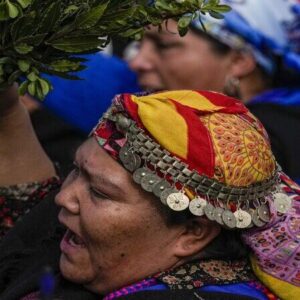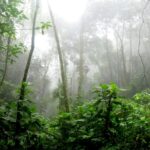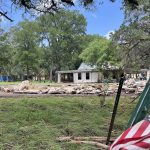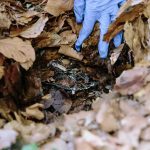Chile’s presidential election could reshape the country’s environmental future

Chile heads to the polls on November 16 in an election that could dramatically alter the country’s approach to critical environmental challenges. Voters will select a new president along with 23 Senate seats and all 155 seats in the Chamber of Deputies, with outcomes likely to influence everything from renewable energy development to Indigenous land rights and mining regulations.
The South American nation has made notable conservation progress, protecting over 20% of its landmass and more than 40% of its waters. Recent legislation has given special attention to peatlands, which serve as crucial carbon storage systems. However, Chile still falls short of the ambitious 30×30 target—the global commitment to protect 30% of land and water by 2030 as part of the Global Biodiversity Framework.
Perhaps nowhere are the stakes higher than in Chile’s southern regions of Araucanía and Biobío, where longstanding land disputes between Indigenous Mapuche communities and industrial interests continue to simmer. The Mapuche have consistently opposed logging operations, large-scale agriculture, and what they view as an inadequate land titling process for their ancestral territories. While a Presidential Commission delivered recommendations earlier this year to address these conflicts, implementing solutions will fall to whoever wins the presidency.
Chile’s role as the world’s largest copper producer and second-largest lithium supplier adds another layer of complexity. As these “energy transition minerals” become increasingly vital for global renewable energy infrastructure, mining operations face growing scrutiny over freshwater usage and impacts on vulnerable species. The incoming administration will need to balance Chile’s economic interests with environmental protection and Indigenous rights—decisions that could influence not just the country’s future, but the global clean energy transition as well.
This article was written by the EnviroLink Editors as a summary of an article from: Mongabay







